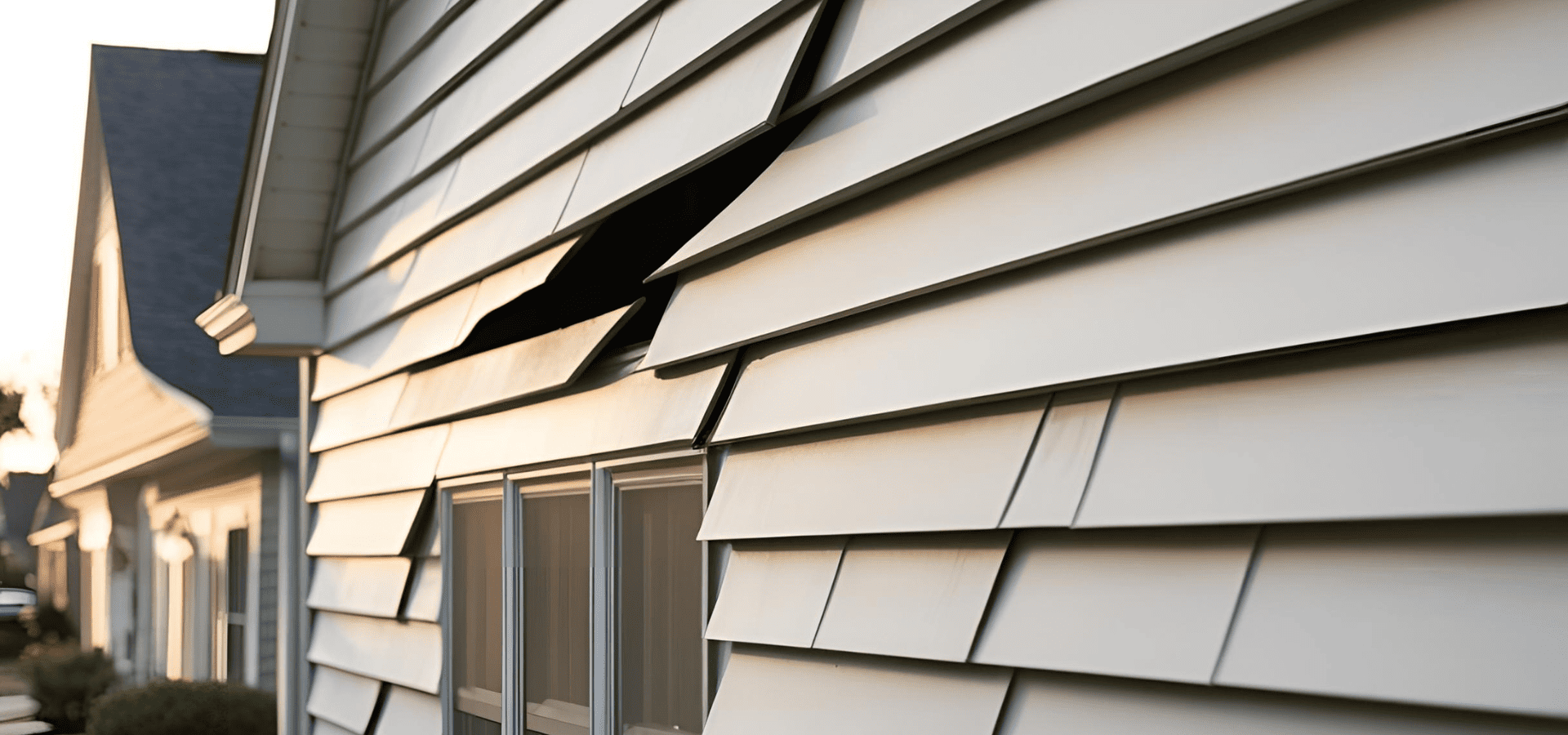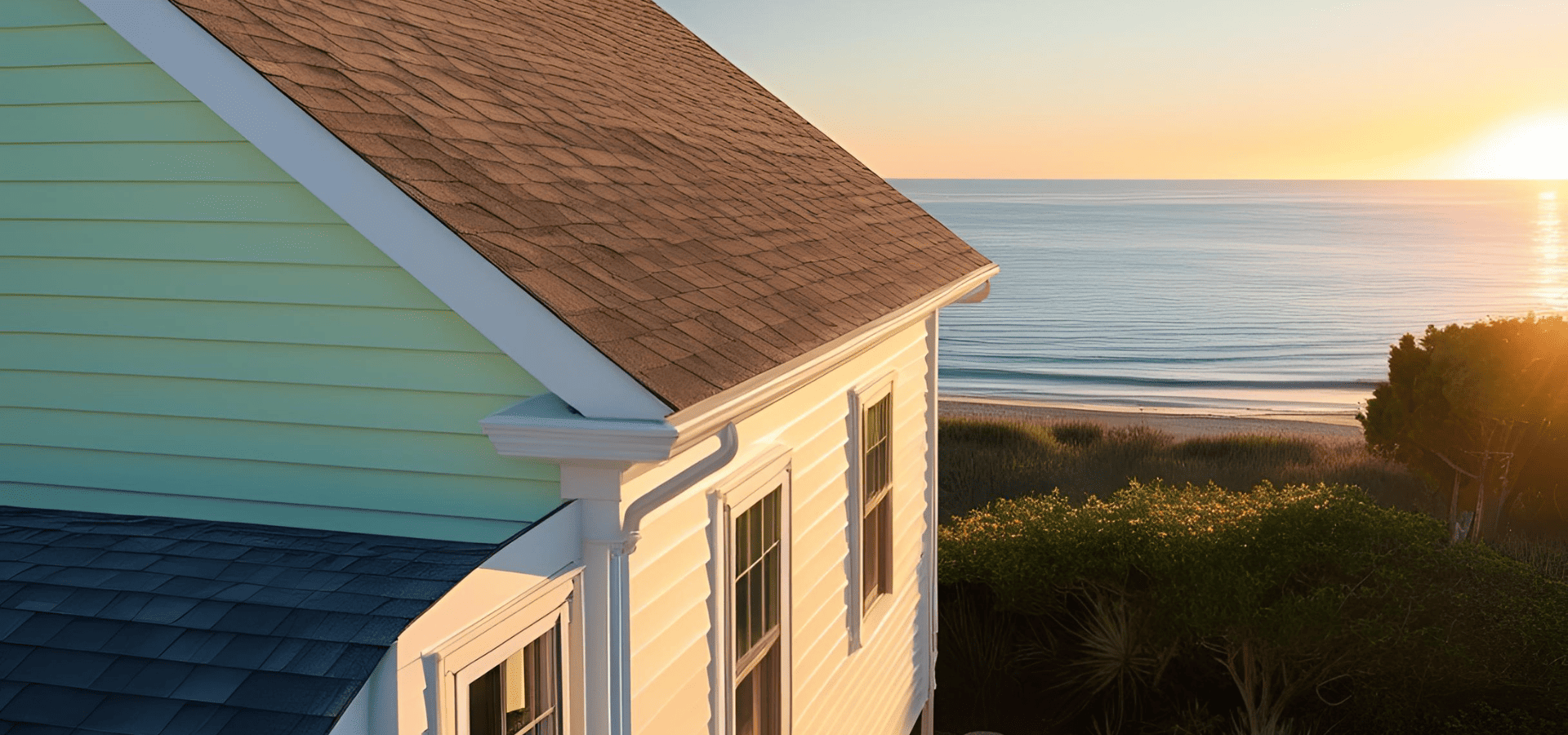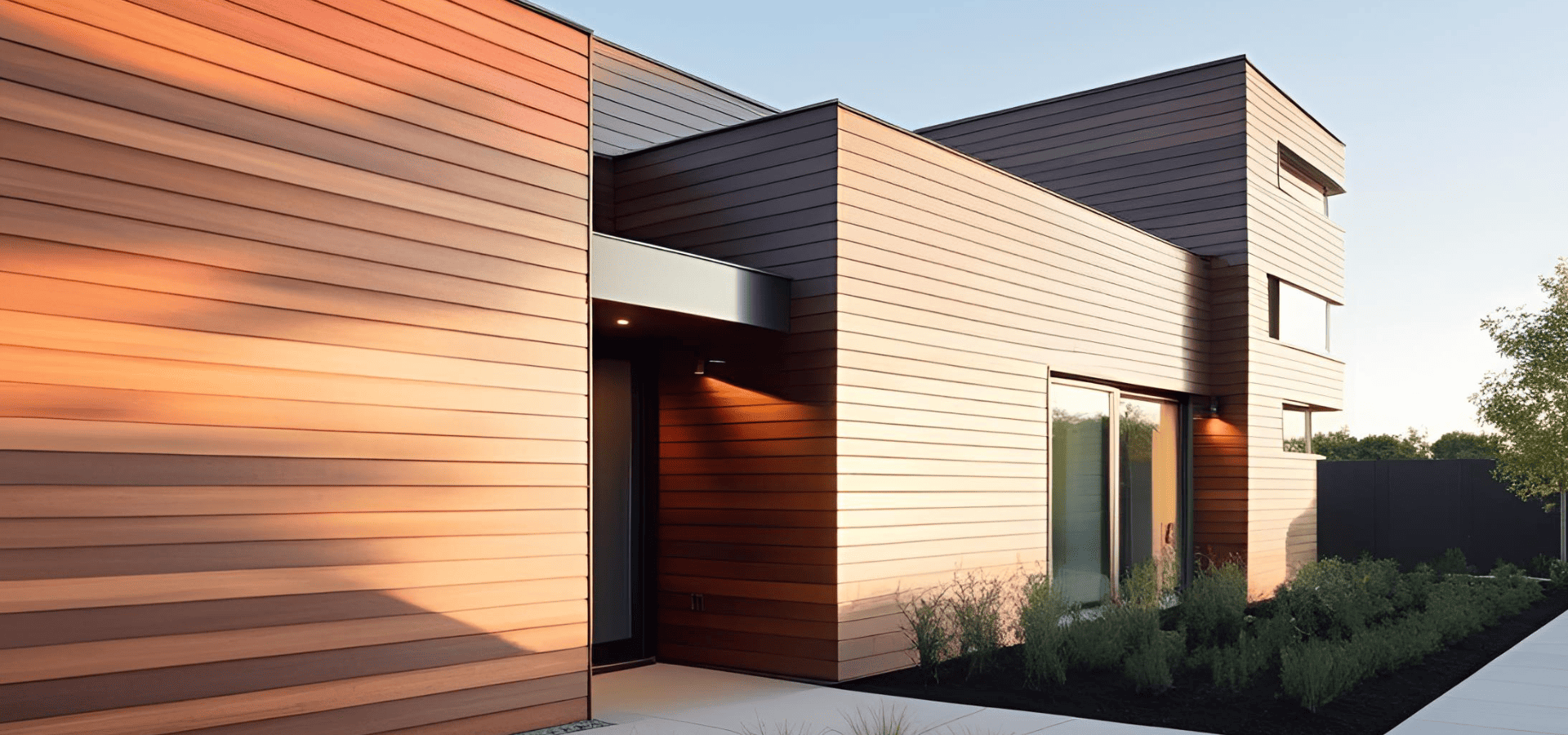Siding Warranties Guide: What You Need To Know About Siding Warranties
As with any product, siding can have quality or installation defects, which is why the warranty is imperative to ensuring you’re protected and your investment doesn’t go down the drain.
However, warranties aren’t as simple as calling up your contractor at the first sign of any issue, especially if it’s been many years since the siding was installed.
To be fair to the consumer, manufacturer, and contractor, siding warranties have various technicalities that go over how much coverage is provided, depending on various factors like the age, extent, cause of the damage, and so on.
To a regular consumer, this can be a lot to process, and the last thing you want is to think you’re covered only to find out that your warranty was voided by poor installation or poor maintenance.
As such, you need to know what to do and what not to do to keep your warranty valid, as well as what your warranty covers in which situations.
If that sounds like a lot of reading and research to do, fret not. We’re here to break down common warranty terms and conditions and make them simple for you to understand.
Let’s begin.
Types Of Siding Warranties
There are generally two types of siding warranties–manufacturer and contractor ones.
Manufacturer
Manufacturer warranties cover defects in the siding itself, which means if there are any quality issues, eg the siding cracks or falls apart very quickly or something similar, the warranty should cover it and give you replacements.
Quality control issues can span many aspects, including color fading, cracks, chalking, and so on.
The length of this warranty will vary depending on the siding material, price, and the brand.
The longer a certain siding material is supposed to last, the longer the warranty will usually be. The same goes for price. The higher the price, the longer you’re usually covered.
For the brand, if it’s a reputable brand that’s very confident in its products, they will cover you for longer.
Note that these are general guidelines. The majority of the time, they will be true, but there can be exceptions.
Contractor
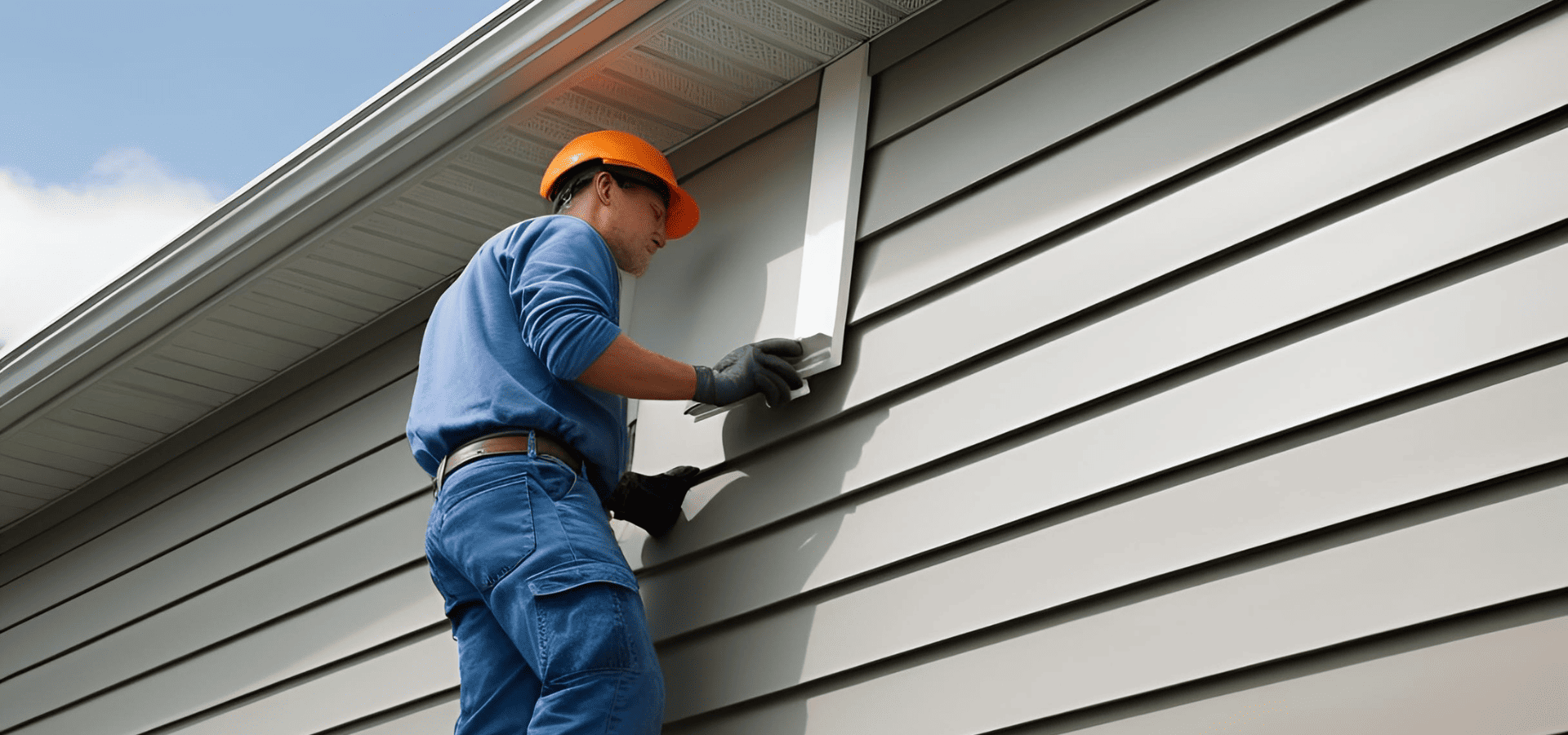
Next, contractor warranties basically cover the quality of their workmanship.
Even if it’s unintentional, sometimes contractors may mess up an installation. Maybe they forgot a screw or a fastener, maybe they left too much of a gap between the pieces.
Either way, the contractor's warranty they offer will cover any issues with their work.
However, this warranty doesn’t last as long as the manufacturer warranty.
Contractor warranties tend to last no more than 1-2 years, as any installation issues should have been discovered by then.
Any issues after are usually not a result of poor installation. Again, there are exceptions, and in rare cases, installation issues can take more than a year or two to surface.
Unfortunately, if that’s the case, you won’t be covered by the warranty.
This is quite rare though, as installation problems tend to surface themselves quickly, so you won’t have to worry too much about the short warranty period.
What Can Void Your Warranty?
Whether it’s the manufacturer or the contractor warranty, if your actions put your siding at risk of damage or directly cause it damage, it’s going to void the warranty.
Even if you’re doing it unknowingly, the warranty is still going to be void, so here are the things to avoid to keep your warranty valid.
1. Improper/Poor Installation
Improper or poor installation is one of the most surefire ways to void your manufacturer's warranty.
When siding is installed poorly or improperly, it becomes very vulnerable to a variety of issues, many of which can cause serious damage. These include:
- Mold and mildew
- Rotting
- Warping or buckling
- Pest infestations
Any of those can seriously damage your siding enough to warrant complete replacements and even damage your home’s walls.
As such, when you leave your home vulnerable to these damages by not properly installing your siding, it’s not fair for the manufacturer to cover any damages since you’re the one who left your siding vulnerable.
Here are examples of improper installation:
- Skipping flashing around windows and doors
- Using incorrect fasteners
- Not leaving adequate clearances
2. Improper/Lack Of Maintenance
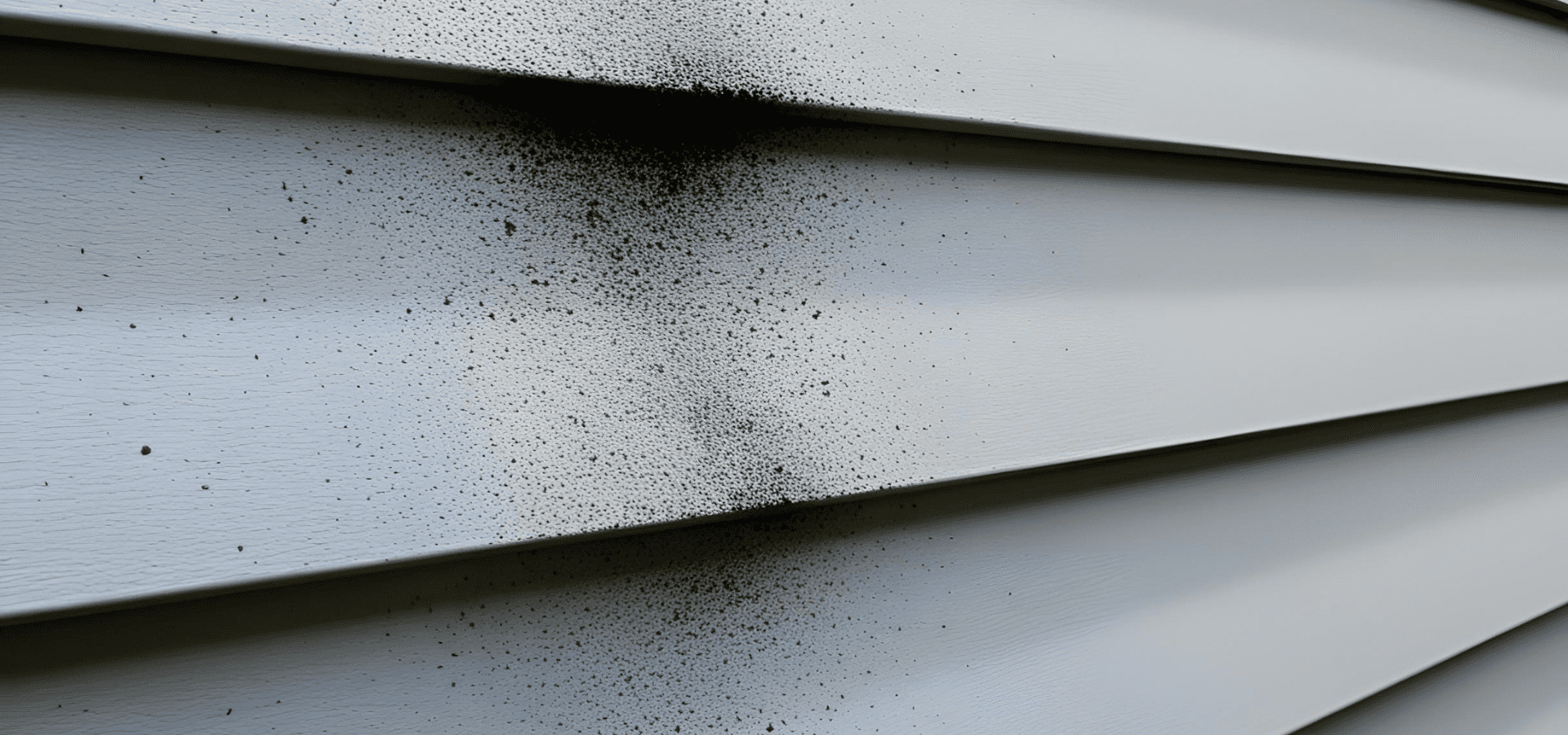
Stains and mold, if left on your siding, can lead to further damage.
Stains can contain chemicals or acids that eat away at your siding’s coating and lead to discoloration or holes in the protective coating.
Mold, if left unchecked, can also lead to rot.
As such, it’s your job to clean your siding whenever there are unwanted elements on it, and
cleaning must be done properly, as rough cleaning or using too high of a setting on your pressure washer or spraying it upwards can cause damage to the protective coating or moisture penetration.
As such, if regular cleaning isn’t done, or is done improperly, both your contractor and manufacturer warranty can be void as you’re once again allowing your siding to be damaged by easily cleanable elements.
If there are any protective coatings, it’s also your job to reapply them as needed to keep your siding protected. If you don’t, once again, by leaving your damage in a weaker state, you’re at risk of voiding your warranty.
3. Using Unsuitable Products
Finally, if you use unsuitable products on your siding, eg coatings, sealants, and paints, you’re also at risk of voiding your warranties.
This is because unsuitable products can cause your siding to wear out quicker, which, again, can’t be blamed on the manufacturer or contractor.
Warranty Terms Explained
Now that you know what to avoid to maintain your warranties’ validity, here’s how to understand their terms and conditions so that you know what they cover and for how long.
Warranty Length
If the warranty clearly states a certain number of years, then there’s not much to explain. However, homeowners are often unsure as to what it means when a manufacturer says lifetime warranty, so that’s what we’ll be clarifying here.
When a manufacturer offers a lifetime warranty, it usually means one of two things:
- The duration of original homeownership
- The expected lifespan of the product (Will be detailed in fine print)
To determine which it is, look in the fine print. If it’s for the duration of original homeownership, i.e. as long as you don’t sell the home, it will say something like “As long as you (the original owner) own the home.”.
If it’s for the expected service life of the siding, it will usually say in the fine print something like “the siding is covered for X (usually 50) years against defects”.
So it’s important to note that lifetime doesn’t actually mean for as long as you’re around.
If it’s for the duration of original homeownership, it also means that the warranty won’t be transferable or only partially transferable to the new owner if you decide to sell your home, unless there is a transfer clause.
Certain brands, though rare, do offer a “Double Lifetime Warranty”, which essentially means anyone who buys your home also takes over your warranty. This can be a great selling point if you’re intending to eventually sell your home.
Prorated Coverage

Another term that might confuse you is prorated coverage.
Prorated coverage just means that the coverage value, i.e. the percentage of any repair and replacement costs that the manufacturer will cover, will decrease over time.
This is quite normal, as even the best siding goes through wear and tear, and will be weaker as it ages. As it ages, it’ll have problems more often, and it wouldn’t be fair to put it entirely on the manufacturer.
Depending on the price point of the siding and the brand, you’ll usually have full coverage for the first 5-10 years, where any repair and replacement costs will be fully borne by the manufacturer, assuming you’ve taken proper care of your siding and installed it properly.
Then, as the years go by, this coverage percentage will slowly decrease and you’ll bear more and more of the costs. In the last few years of the warranty, the coverage is usually minimal.
This is quite standard in the industry, though in very rare cases, you may be able to find companies that offer full coverage for the whole warranty period. These are extremely uncommon though, and usually only for very premium brands and products or if the company was offering some kind of promotion.
Fade Coverage & Hunter Units
Fading is a common siding issue and can happen even to high-quality siding.
Given that this is just common wear and tear, it’s covered under your warranty.
The thing is, wear and tear should only cause so much fading. If the fading is very severe, it usually signals poor maintenance, exposure to chemicals, or something similar that isn’t just wear and tear.
So manufacturers and contractors will usually only cover fading up to a certain point. So the question then becomes how to measure this, as fading and color difference is extremely subjective when assessed by the naked eye.
To prevent any confusion, siding warranties use Hunter Units to measure the degree of fading.
As usual, this will vary from material to material and even from brand to brand. For example, vinyl warranties will typically cover fade up to 4 Hunter Units.
They usually won’t differ by too much between brands though, and tend to be quite standard.
Final Tips
By now, you should be able to much better understand the terms of your siding warranties and know how to avoid voiding them.
Even if you do understand their terms and don’t void them, that’s pointless if when it comes time to claim the warranty, you’re unable to because you don’t have the supporting documentation.
Don’t forget about your receipts and records, and always keep them safe and somewhere that you can remember.
This will ensure that your manufacturer or contractor can’t deny your claim and get away with not fulfilling their obligations.
You may also want to consider
professional siding installation so that your manufacturer warranty will remain valid, and you’ll have the contractor warranty on top of that.
You might also like
